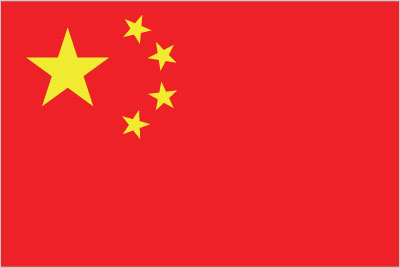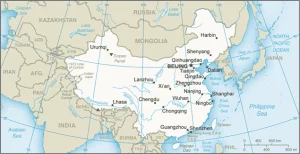Importing from China


China Country Profile
Official Name (Local Language) The People’s Republic of China
Capital Beijing
Population 1,373,541,278
Currency Chinese Yuan Renminbi
GDP $10,730 billion
Languages Chinese (Mandarin)
Telephone Dial In 86
China Exports Profile
Exports ($m USD) 2,263,371
Number of Export Products 4,433
Number of Export Partners 215

China Economic Statistics
Government Website | https://english1.english.gov.cn/ |
| Sovereign Ratings | https://countryeconomy.com/ratings/china |
| Central Bank | People’s Bank of China |
| Currency USD Exchange Rate | 6.626 |
| Unemployment Rate | 4% |
| Population below poverty line | 3.3% |
| Inflation Rate | 2% |
| Prime Lending Rate | 2.25% |
| GDP | $10,730 billion |
| GDP Pro Capita (PPP) | $14,600 |
| Currency Name | Chinese Yuan Renminbi |
| Currency Code | CNY |
| World Bank Classification | Upper Middle Income |
| Competitive Industrial Performance | 28/138 |
| Corruption Perceptions Index | 77/180 |
| Ease of Doing Business | 46/190 |
| Enabling Trade Index | 46/136 |
Access trade, receivables and supply chain finance
We assist companies to access trade and receivables finance through our relationships with 270+ banks, funds and alternative finance houses.
Get StartedImporting from China
The decline of exports from China has caused some alarm on world markets, having recently plunging by 11.2% over a single year. Between the 1980s and 2015 the USD HML figure for China averaged 540, with a low of 13 recorded in January 1984 and a high of 2275 in December 2014.
Almost 20% of Chinese exports go to the United States every year, with other major partners including Hong Kong (15%), the European Union (15%), ASEAN countries (10%), Japan (5%), South Korea (3%) and India (3%). The spread of products China exports is very wide and includes mechanical and electrical products (40%), high tech products (20%), clothing and textiles (15%), motors (5%) and integrated circuits (5%).
Importing from China: What is trade finance?
Trade finance is a revolving facility which some banks and specialist lenders offer – it enables organisations to buy inventory and can help ease the pressure from working capital problems.
Generally, an export finance bank will fund most of the cost of the products, including charges (e.g. delivery costs).
Trade finance offers added advantages over more traditional bank finance including invoice finance or loans. Trade finance provides quick funding without affecting existing bank relationships.
How does it work?
If you’re an SME importing or exporting products outside of your own country, then a trade finance facility would allow you to fund this through offering a LC (letter of credit) or some form of cash advance.
I’m looking to import from China, how can Trade Finance Global help, and how does it work?
If you are looking to import stock supplies from other markets, you may need import finance, which is an agreement between yourself (the importer) and the foreign exporter. A alternative financier would act as the intermediary, paying the exporter on your behalf until you receive the inventory and have then sold them to your end debtor. Repaying the financier then occurs over an agreed period.
Chart Showing GDP Growth Compared to rest of world
GDP Composition for China
Agriculture
8.6%
Rice, wheat, potatoes, corn, tobacco, peanuts, tea, apples, cotton, pork, mutton, eggs; fish, shrimp
Industry
39.8%
Mining and ore processing, iron, steel, aluminum, and other metals, coal; machine building; armaments; textiles and apparel; petroleum; cement; chemicals; fertilizers; consumer products (including footwear, toys, and electronics); food processing; transpo
Services
51.6%
Map
Top 5 Exports Partners
| Country | Trade | % Partner Share |
| United States | 430,328 | 19.01 |
| Hong Kong, China | 279,211 | 12.34 |
| Japan | 137,259 | 6.06 |
| Korea, Rep. | 102,704 | 4.54 |
| Vietnam | 71,617 | 3.16 |
Top 5 Exports Products
| Export Product | Number |
| Transmission apparatus, for radioteleph incorpo | 7.7% |
| Storage units, whether or not presented with the | 7.0% |
| Parts and accessories of automatic data process | 3.0% |
| Monolithic integrated circuits, digital | 2.4% |
| Parts of electrical apparatus for line telephon | 1.5% |
Speak to our trade finance team
Local Partners
- All Topics
- Chinese Trade Resources
- Export Finance and ECA Topics
- Local Conferences



















